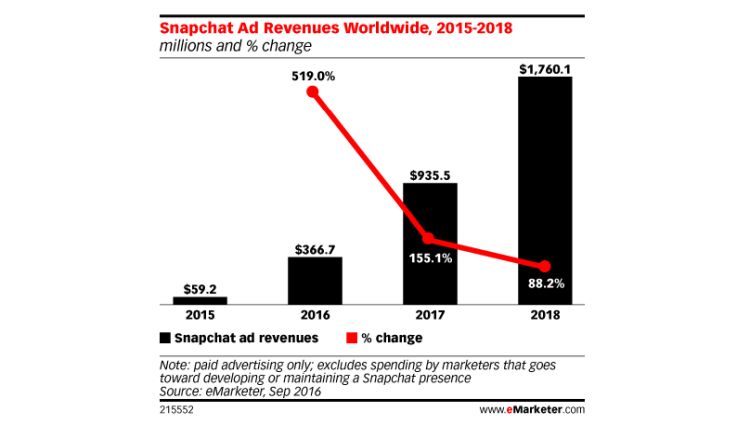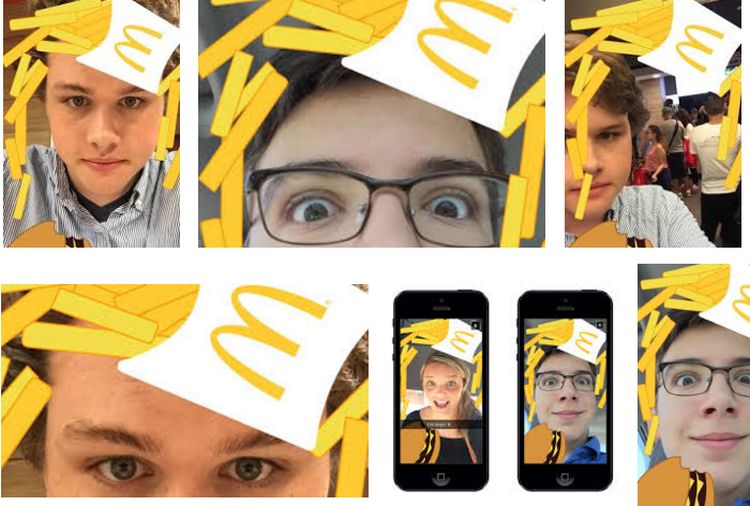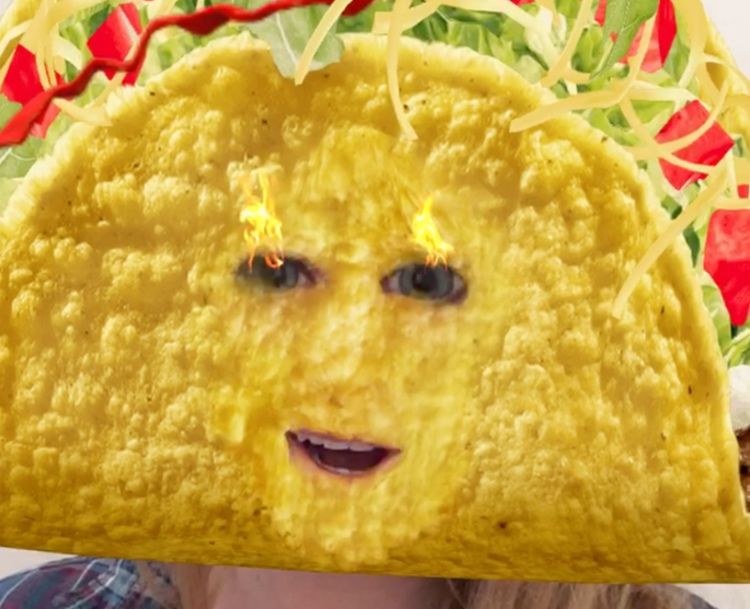At first look, the idea of messages that self-destruct after a specific period sounds terrible.
That’s exactly what Evan Spiegel’s classmates thought when he pitched the idea behind SnapChat in 2011. Fast forward to 2016, it’s now one of the most popular social media apps in the world – ballooning Evan Spiegel’s net worth to $2.1 billion.
What is SnapChat?
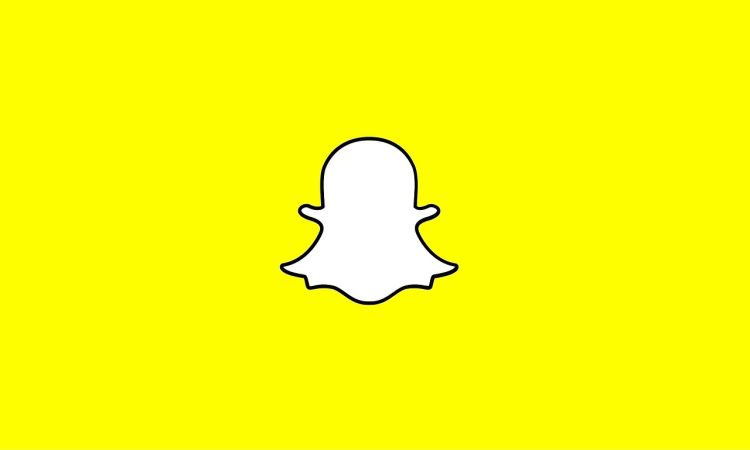
To understand the success of SnapChat, you must first know what the app does and how it works.
Users can exchange “snaps” or messages that may contain text, videos, and photos. Private messages are automatically deleted once they are opened. A public post, on the other hand, has a 24-hour expiration date.
If you think those limits are absurd, you should know that videos can only be up to ten seconds long. In other words, SnapChat is either a badly designed messaging app or something completely different. However, with 150 million daily active users and an estimated value of $18 billion, it’s clear that this social media trend is anything but badly designed.
Expiration Dates – SnapChat’s Selling Point
The brilliance behind SnapChat boils down to a simple philosophy – some things are more valuable with a time limit.
Setting expiration dates on social content boosts engagement. This happens because users feel a sense of exclusivity when they can view snaps while they’re available. For instance, stories about big sporting events get high engagement since sports fans enjoy that “in-the-moment” vibe. To enhance their PR, companies also share stories that show behind-the-scenes moments. Good examples include launching a new office, a company outing, or a charity event.
Of course, SnapChat comes bundled with other exciting features as well. Apart from the ability to send snaps, users can also publish stories, which are curated snaps that are visible to followers.
To make snaps more interesting, SnapChat also offer lenses that apply humorous overlays – from frowning faces to the infamous dog face filter. These filters sometimes require actions from the user to trigger animations such as raising an eyebrow and sticking their tongue out. Overall, lenses give users an outlet for creativity and self-expression, which is something that everyone can appreciate.
Lastly, it turns out that SnapChat’s self-destructing messages are great for absolute privacy and security. In some ways, sending snaps is way better than using encrypted messaging apps if you’re concerned about privacy. Once a snap reaches its time limit, there’s no way for any unauthorized party to recover its content.
For all these reasons, SnapChat proves to be a very effective content distribution channel for brands who wish to establish a presence in social media. It’s time for the million dollar question…
So how Does SnapChat Make Money?
Just like other social media platforms like Twitter, Facebook, and Instagram, SnapChat is profiting off of advertisements. But thanks to its unique features, the company is making a killing.
1- Snap Ads
Snap Ads are the bread and butter of SnapChat advertising. They work by showing 10-second, full-screen video ads that are always relevant to other snaps. These ads are also interactive. When presented, users have the option to swipe up to access more content – be it a longer video, blog post, or app install.
To improve conversions, the company launched SnapChat Partners with firms such as 4C, SocialCode, TubeMogul, and Adaptly. Data suggests that SnapChat’s ad revenue will hit nearly $1 billion next year. According to eMarketer, one of the reasons behind this explosive growth is the app’s immense popularity – particularly among millennials and members of the Generation Z.
Source: eMarketer
Despite SnapChat’s moves to increase ad revenue, there’s one line they wouldn’t cross – ruining the privacy of their users. That’s why the company ensures that businesses can’t advertise to their users’ private messages.
Apart from Snap Ads, SnapChat leverages the following ad revenue sources:
2- Geofilters
Life’s more fun when you live in the moment
These are the words you’ll find in SnapChat’s description in the mobile app store. It’s all about capturing the moment and sharing your experience with your followers.
With Geofilters, users will no longer have to provide details manually. Whether they’re in a mall, national event, or famous landmark, SnapChat offers exclusive filters that will give context to any snap. They’ll no longer have to explain where they are, what they’re doing, and why they’re there. Consequently, they are encouraged to quickly produce user-generated content and share it to their social circles.
For example, an overlay of fries and a burger will appear if the user is within a McDonald’s establishment.
How does SnapChat profit from this feature? Keep in mind that the company is not charging for the design on Geofilters. If you want to avail an on-demand Geofilter, you’re going to have to create it yourself. However, SnapChat will charge you for two things: the size of the area and the amount of time wherein the Geofilter is available.
To start, SnapChat charges $5 for a coverage of 20,000 square feet, which is the minimum area required for a Geofilter. This area is usually enough for a medium-sized office. On the other hand, the maximum purchasable area for a Geofilter is 5 million square feet, which should be enough to cover a few city blocks.
Geofilters can stay live from anywhere from one hour to a total of 30 days. Apart from big companies, individuals can also pay for temporary Geofilters on events such as birthdays and weddings.
3- Sponsored Lens Filters
Realizing the appeal of lens filters toward SnapChat users, big companies went ahead and launched their sponsored lens filters. These lens filters are similar to Geofilters since they may also only appear in specific locations. However, lens filters are more interactive and dynamic than stationary Geofilters. To increase the user’s immersion, lens filters also play a sound clip when active.
For example, eating at KFC also enables the Colonel Sanders lens filter, which turns users into the white-maned colonel himself. A special animation involving a fried chicken leg also takes place – prompting the user to take a bite.
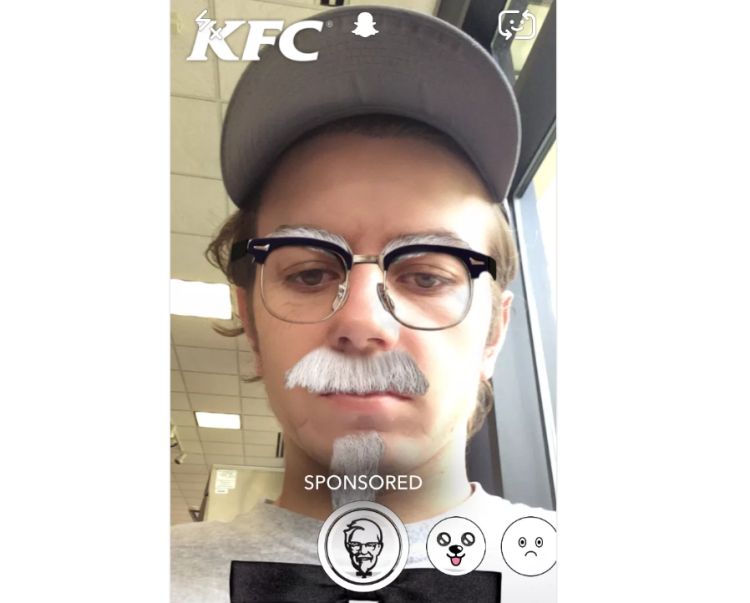
Take note that Geofilters and sponsored lens filters do more than just improve the experience of customers.
Think about it – if you’re eating at Taco Bell and your head suddenly turns into a giant taco shell, the first thing you’ll want to do is to share it with your friends. As a result, brands who advertise on SnapChat get to leverage user-generated content (UGP) as well as the social media reach of their customers to gain exposure.
By the way, Taco Bell’s noble attempt at turning people’s heads into tacos did pay off big.
A total of 224 million people interacted with the taco head SnapChat filter. To be fair, brands who wish to advertise using sponsored filters had to shell out as much as $750,000. In comparison, the average cost of a 30-second ad on Super Bowl costs a whopping $5 million. That’s without any guarantees that the audience is even paying attention during the commercial.
4- Discover
When using SnapChat, you may notice that swiping to the right two times opens the Discover feed. Here, you can find curated snaps from publishers such as CNN, BuzzFeed, People, and Cosmopolitan. There will also be a few advertisements in-between snaps, so it’s clear that Discover is being monetized.
Although no one knows how much SnapChat makes the Discover feature, they should be making money hand over fist, given the fact that around 20 big name publishers have partnered with the company. The feature also proliferated during the time SnapChat went through substantial revenue growth.
Most likely, both SnapChat and a publisher will be sharing ad revenue. It just isn’t clear how much each party gets for every deal.
5- Sports Partnerships
In recent years, SnapChat has partnered with sports organizations such as the NHL, NFL, and the MLB. These organizations supposedly leverage Live Stories during sporting events to reach more people in the social space.
Just like with Discover, it isn’t clear how much money SnapChat makes with sports partnerships. But since the app offers a direct line to the young and passionate audience, major leagues are investing in deals that put up weekly Discover channels such as “MLB Wednesdays.”
Take note that the MLB started using SnapChat back in 2014. At that time, users must follow their account to view the stories they publish. But with a partnership, live stories are promoted to all users.
In an earlier report from AdAge.com, Live Story ads make SnapChat anywhere between $400,000 and $500,000 for complete exposure to company’s user base. Aside from major sports organizations, Live Story ad partnerships are sought after by companies like iHeartRadio and AEG.
Final Words
In the past, people were puzzled as to why SnapChat was worth so much because its revenue model wasn’t clear. That explains the company’s moves that affected monetization in the past few years.
Today, SnapChat has a robust revenue model that caters to companies as well as individuals who’d like to “seize the moment’. For tips on how to integrate SnapChat with your social media marketing strategy, check out these essential rules for effective Snap Chat marketing.
